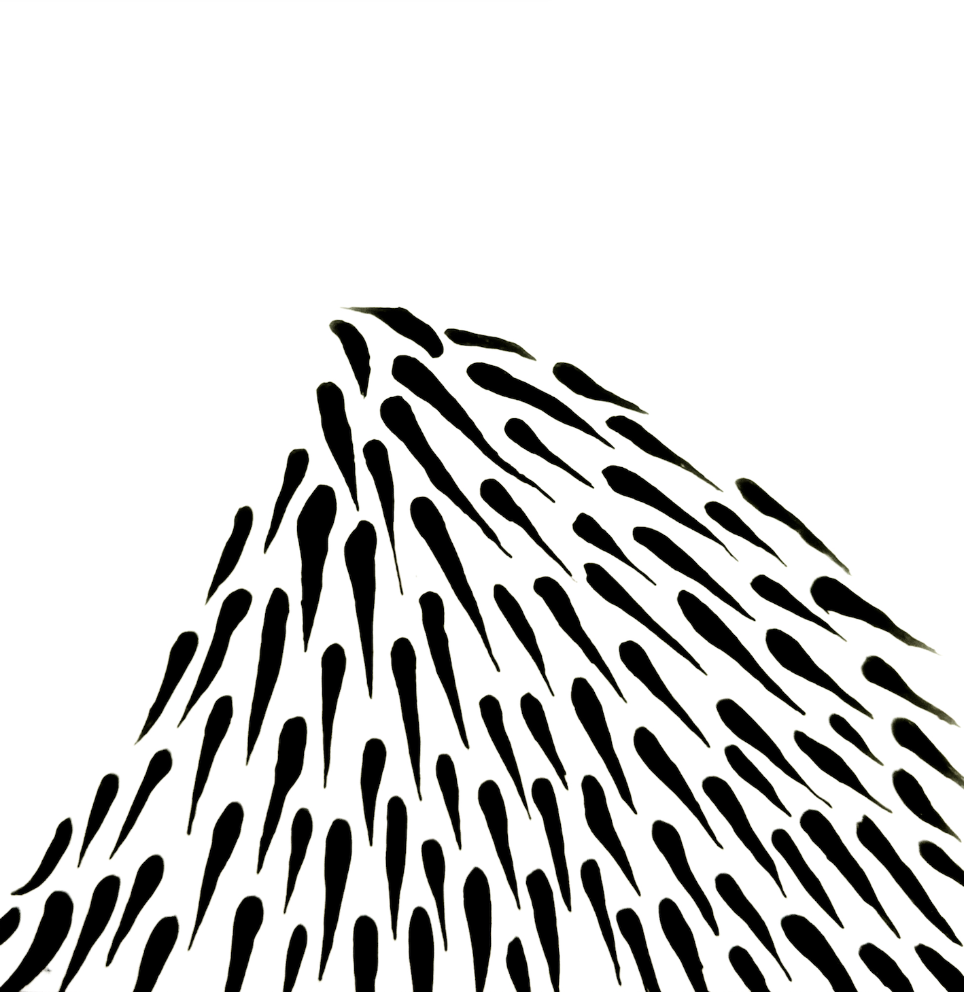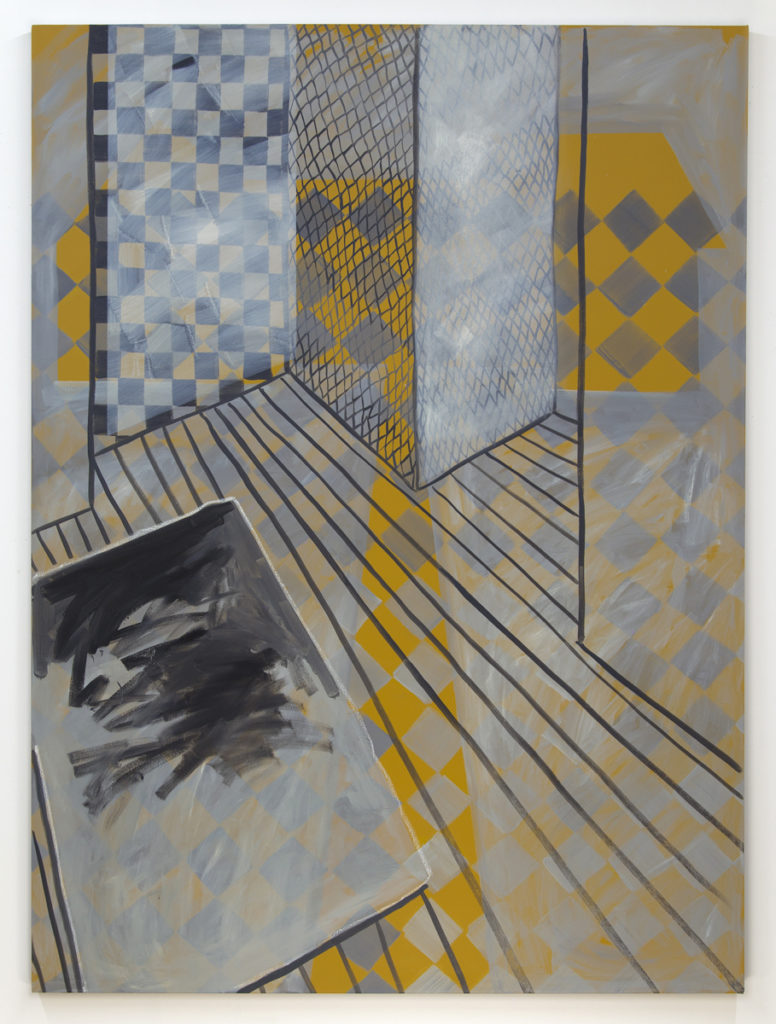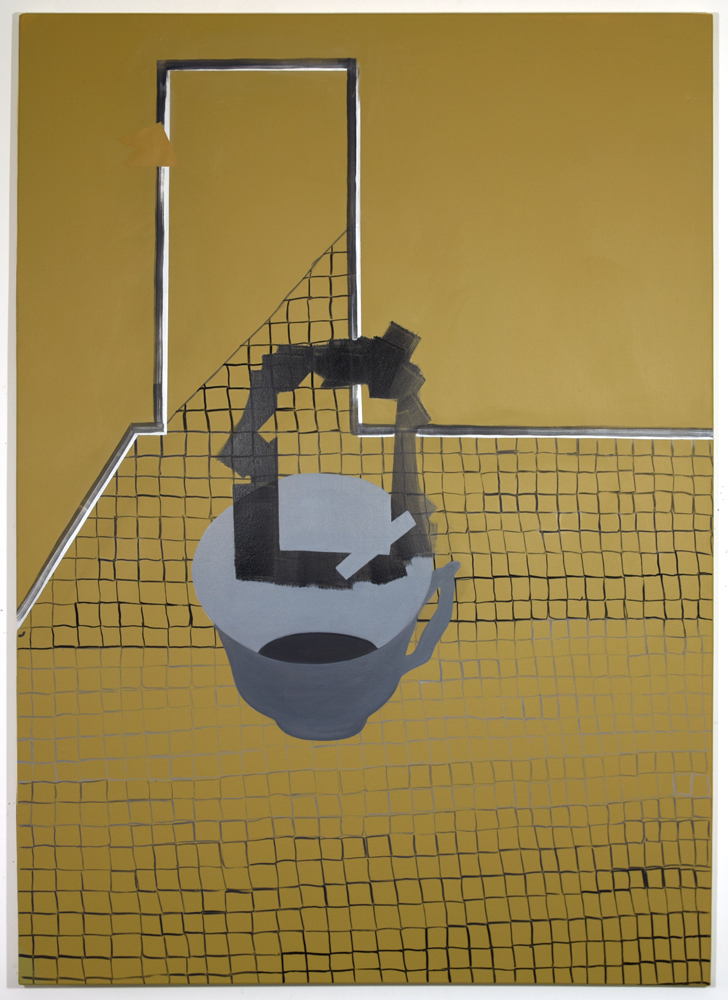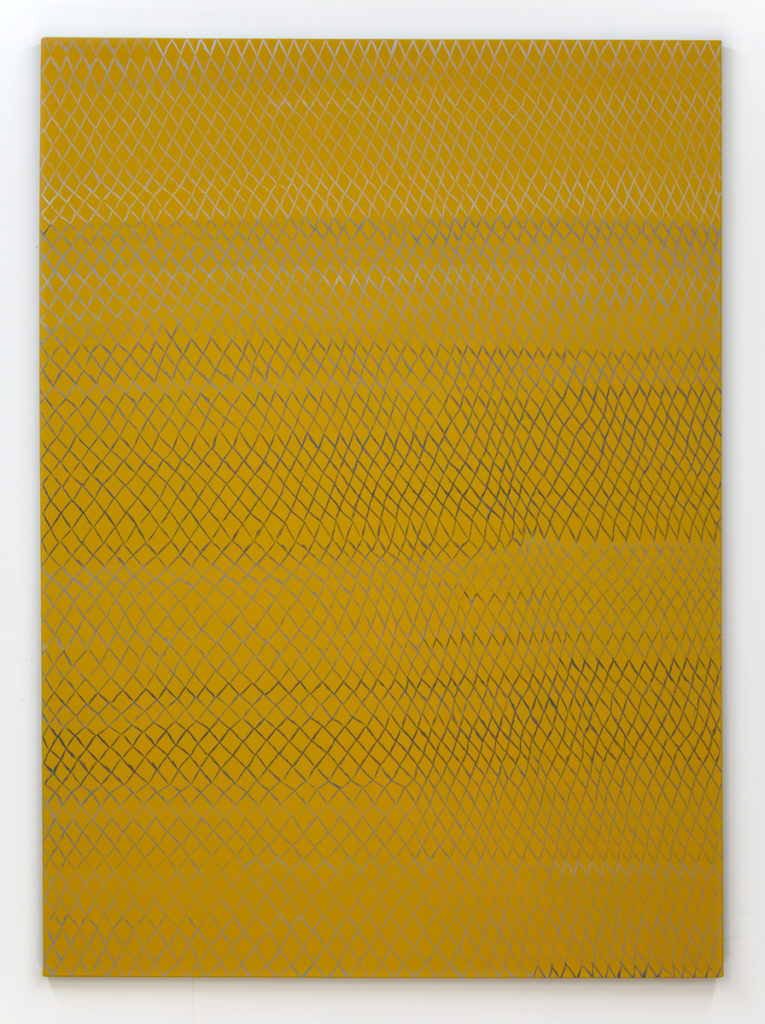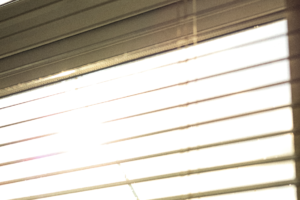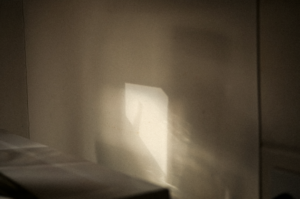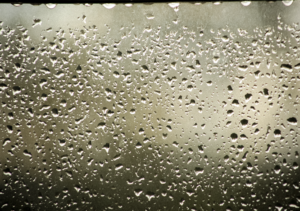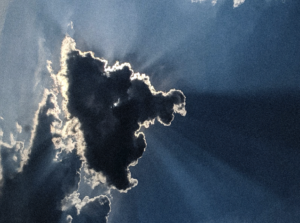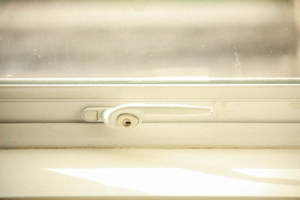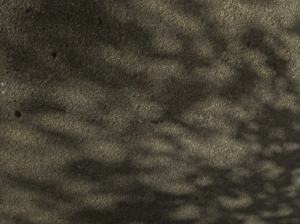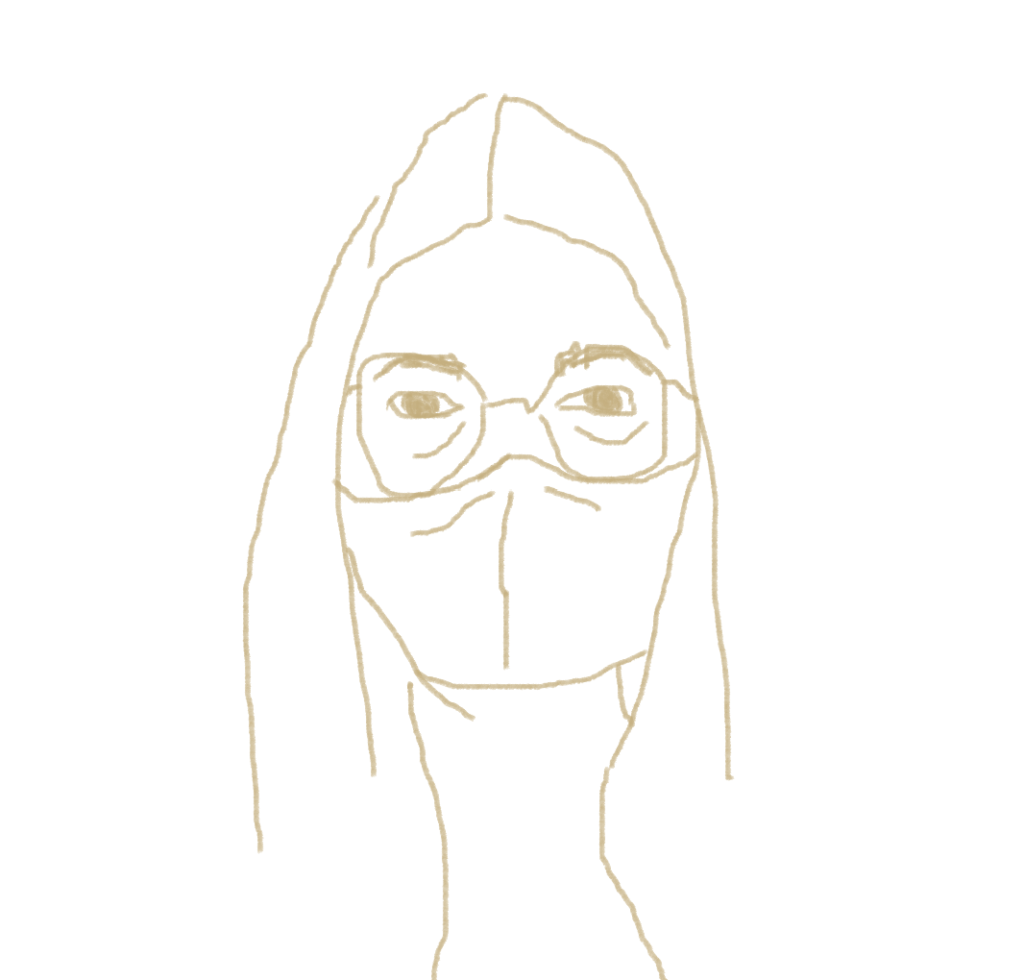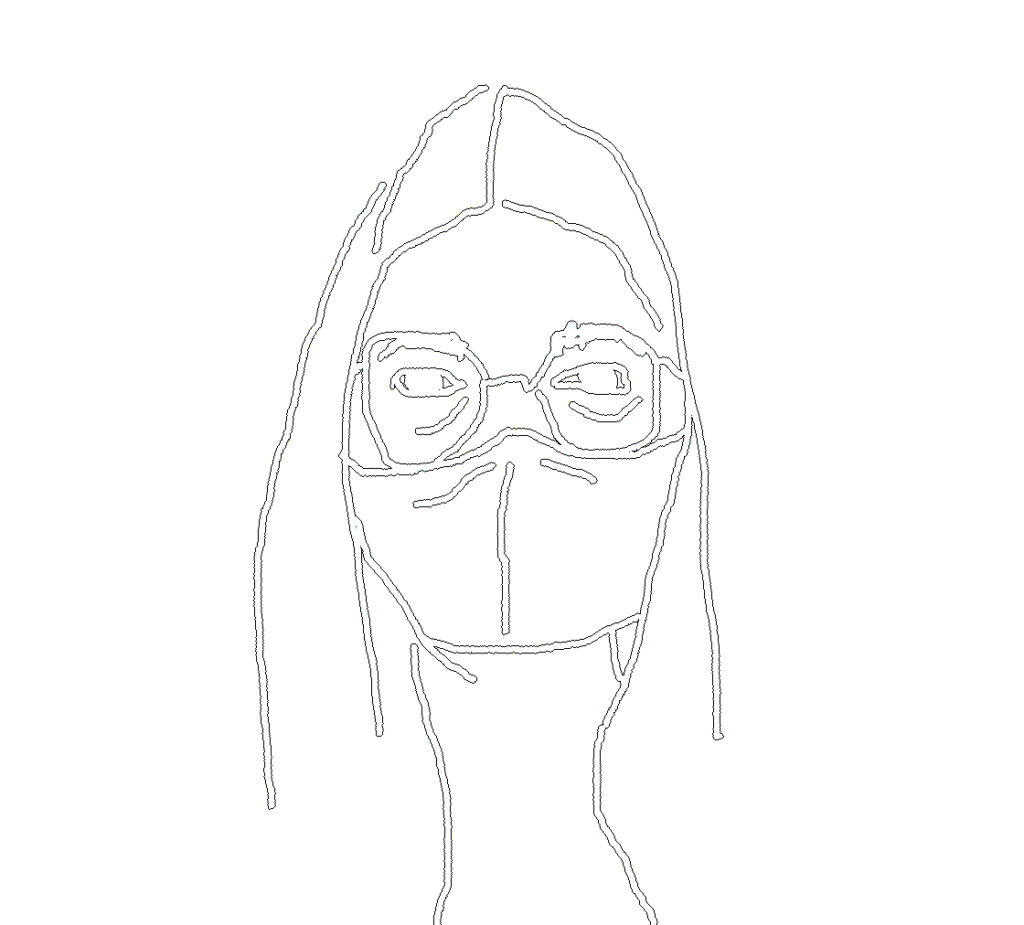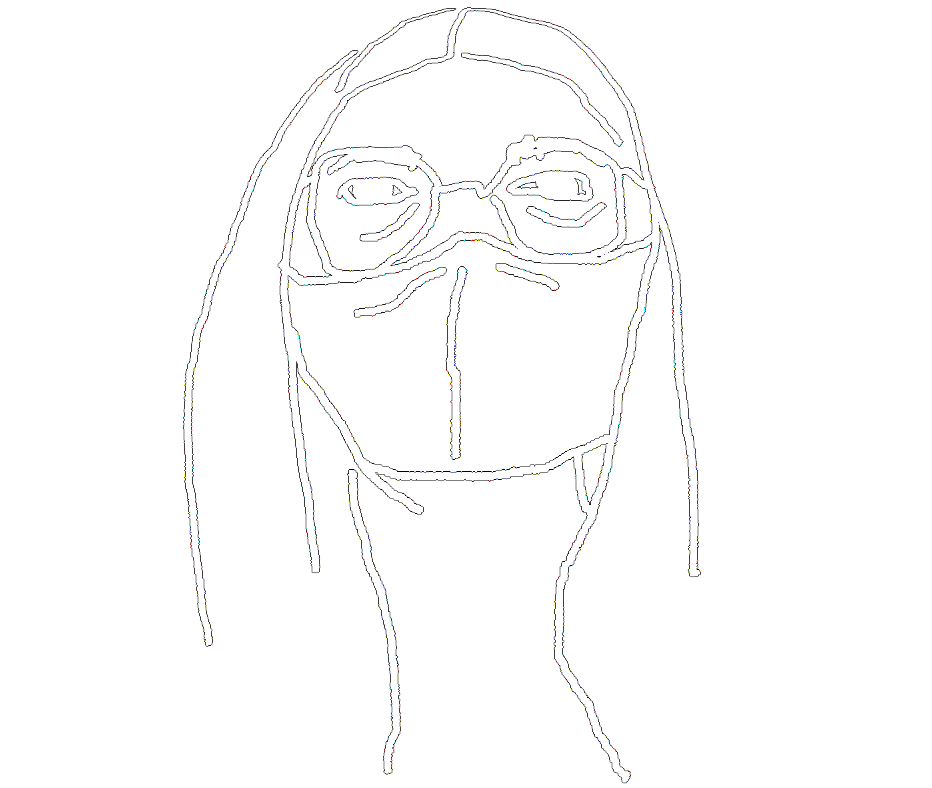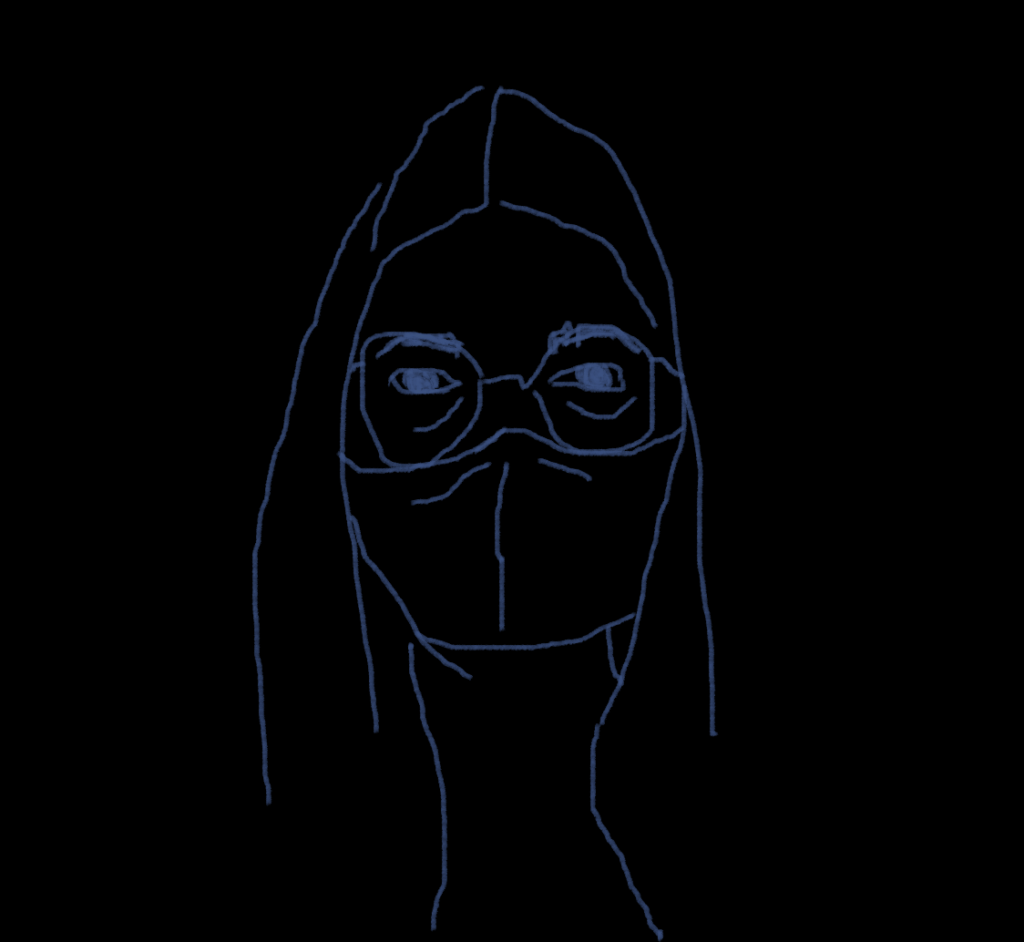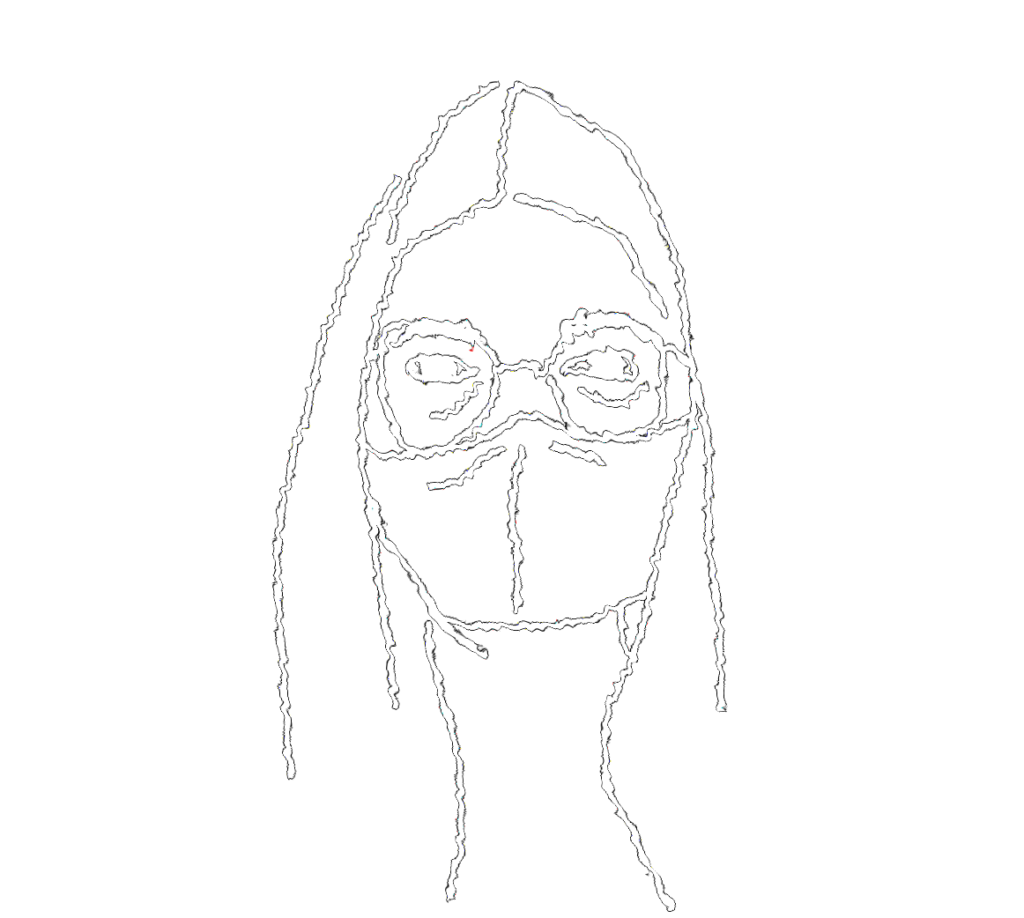Ways of seeing.
What is Observation?
To Observe Is
to look
to digest the visual information
and think about it
It is also to notice change, wether it be immediate or throughout days or weeks…
.
Total Eclipse
by Annie Dillard
Staring at the sun has been linked with notions of insanity, mortality and depression. This however, illustrates the desire to overcome rational thinking and lose one’s self in a temporal paralysis of vision and mind.
Dillard describes her experience of a Total Eclipse many years ago when she went on a trip with her husband. The way she describes it is extremely in detail, from the sort of framed clown drawing she had in her hotel room to the way she felt as the eclipse happened. The way she describes the fear of the eclipse reminded me of how someone might feel about death and the unpredictability and inevitability of it.
Overall Total Eclipse is not so much about the eclipse itself but more so about life and the way people might go through it. What they remember and why are certain things are in their immediate memory whilst others are in their deep subconscious. It is as if she has a revelation about life, a realisation that the things that were of large value to her a few years back, may be of no importance to her now or in the near future, but also accepts that these moments of past, present and future of her life are nothing compared to the world existing around her.
Black Sun
by Julia Kristeva
Black Sun explores the subject of melancholia and creates some unexpected links between beauty and sadness. Kristeva is challenging the idea of beauty and considering that melancholy can be beautiful, maybe even euphoric?
When thinking about depression being euphoric, my mind took me to a series I watched recently called Euphoria. It tells a story of a girl who’s had large issues with her mental health since she was very young and has been diagnosed with Bipolar Disorder. The way they portray her character in a way links her depressive states with her euphoric states and they both become each other, her euphoric states become almost depressive and vice versa.
When thinking about fine lines and the things that are considered extreme opposites almost being blurred into one whole, the question of how valid and truthful are our observation of things as individuals….or as Kristeva puts it “beauty replaces the ephemeral through deceit”, is what we want to see because it more appealing to us blocking our view of the truth which has always been there?
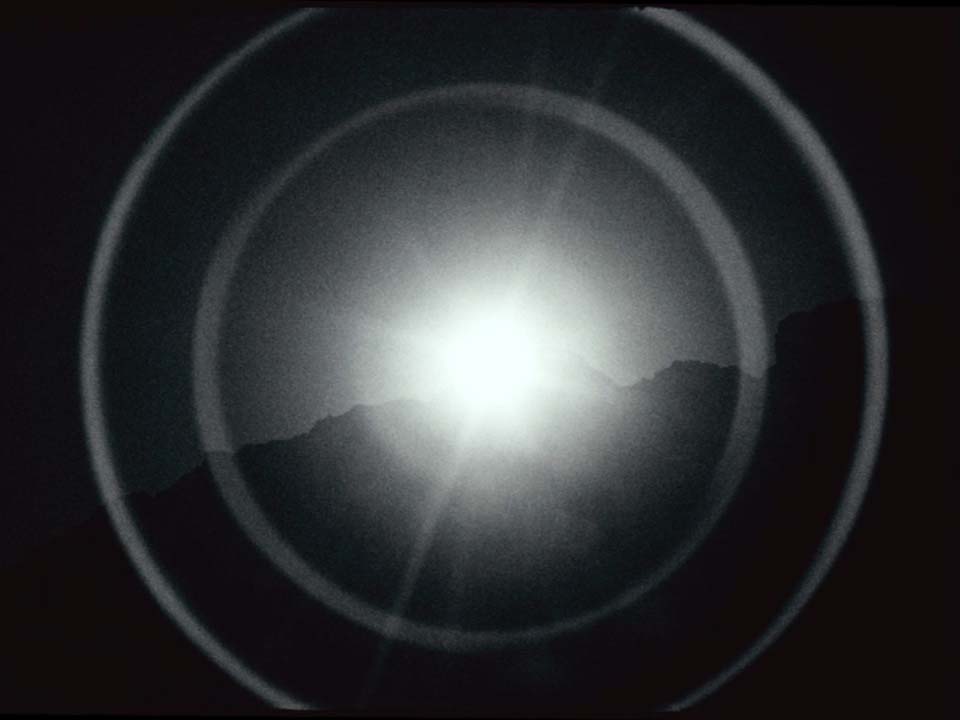
‘Black Sun’
16mm B&W film transferred to digital
duration: 15′ 36″
by Jim Hobbs
Thinking back to what observation means.
This short experimental film is exactly that. An observation of the sun. A long gaze at it.
Historically staring at the sun has been linked to notions of insanity, mortality and depression.
When thinking about the main location of filming this short, Death Valley, one immediately makes the connection between all the notions suggested above. A desert, for me, has an immediate implication of being lost, isolated, possibly for a very long amount of time or forever? The suggested notions are almost like the levels of this isolated experience in relation to time. One might initially become depressed as they loose hope and have been deprived of many necessities, then their brain might try to trick them and create an illusion in hope that this would keep them going longer and survive this isolation and finally one’s mind would most likely divert into questioning their mortality. This is a very physical (being in a desert literary) and narrative way of thinking of the desert, the sun and the connotations they have.
Another aspect to think about is the choice of equipment. The artist has used 16mm B&W film. The location, Death Valley, where sun is as intense as it gets combined with the choice of equipment which literary displays its final visuals through allowing light to burn through the film strip is clearly a very intentional choice. The themes of depression, insanity and mortality are also reflected in this intensity that the strong sun on location and the physical burning through the film allows.
Despite the melancholic environment, there are some shots such as the long takes of the desert, which in fact bring a level of serenity and poise in contrast to the condemning sun.
For more of Jim Hobbs’s work press here
David Keith Lynch /further research/
was born on January 20, 1946 and is an American filmmaker, television director, visual artist, musician and occasional actor. Known for his surrealist films, he has developed his own unique cinematic style which has been dubbed “Lynchian” and is characterized by its dream imagery and meticulous sound design” expand on that.
One particular piece of his which drew my attention when looking into some of his experimental short films was The Alphabet, as seen in video above.
The instant reflection from watching The Alphabet is that Lynch has taken a very dark, almost nightmarish approach in using a song which helps children learn the alphabet. Both the visuals and sound are very intrusive and disturbing. There is blood, extreme and inconveniently blurred close ups, such as one of a mouth, where the movement of it is asynchronous of the narration which reminds us to “remember you are dealing with the human form”.
The following cut from the gory bleeding of a head transitions into what I interpret as an abstract close up of the blood, which instantly creates a contradiction through its more attractive visuals. This extreme close up, doesn’t allow the viewer to understand what the image actually is which gives them a chance for interpretation. The lack of knowledge of the bigger picture gives a totally different perspective to an object or substance which in its entity will be found in only negative connotations such as violent or disgusting.
Overall when it comes to observation and David Lynch’s film, language or the lack of, plays a very large part in interpreting the visuals. Even though there is only 1 phrase in the narration, it very much summarises the whole film without putting any boundaries to the depth of the piece.
Practical Reflection
I made these simple drawings whilst thinking about one particular quote from Annie Dillard’s Total Eclipse…
” … like falling down that hole of sleep from which you wake yourself whimpering “
I used sharpey markers for the first two and a black ink pen for the one on the further right.
I started by creating a circular shape right in the middle of the page as a very obvious and straightforward thought of an eclipse and its intensity. When thinking about given quote, I felt like Dillard drew a perfect connection between the feeling of falling in your sleep and waking up in distress and disorientation to the feeling of experiencing an eclipse and how overwhelming it can be. This made me want to visualise this downward movement of falling and so I transformed the circular shape in the middle into a different shape travelling from top to bottom and added some reds and greys which completed the form and suggestion of movement.
I applied a similar technique to the second drawing but took a more rough approach. The overall scenery is pitch black and there is a sort of light tunnel appearing which is the ‘falling movement space” and again have added some red as a bleed through of that intensity of an eclipse.
The last image is much more simple and not as dark. The idea was for the high repetition of the same movement of falling suggested in previous images to create some sort of discomfort and feel unpredictable.
Sarah Macdonald
“My paintings explore the depiction of space and examine acts of looking. I layer patterns and surfaces to build up compositions. I want to invite the viewer to consider the status of form and space through my paintings.”
Sarah Macdonald
Silent Walk
The first part of this seminar consisted in a 30 minute long silent walk, which I took within the group of my classmates and lecturers. It was an experience I had not had before and it was somewhat awkward. I thought that the awkward feeling would wear off y the end, but it stuck around for me. The idea of walking down the street with someone you know beside you and keep perfect silence just doesn’t sit right. If this was not an exercise but an actual occurrence in my life, it would indicate some sort of disagreement and held back frustration possibly. It is very unnatural and alien to me to walk along with someone for half an hour and not communicate at all.
Another aspect I would like to point out is the variety of city sounds I experienced. When walking silently I am usually wearing headphones and listening to music or am busy talking, texting etc and do not really experience much around me. This time around, I almost hyper focused on certain sounds. At first it was footsteps, that’s all I was hearing clearly. Suddenly as we passed the park and entered the riverbank, I was concentrating on the sounds of the waves, back and fourth. This part of the walk was actually somewhat therapeutic and it was the least uneasy stage for me despite the silence on our side.
Once we came away from the riverbank I somehow cut off a lot of sounds and my main focus was on my umbrella which I held in my right hand. I was spinning it and twisting it, and even though it felt like I almost dropped it a few times, I continued this routine until we got back to the building.
Species of Spaces, George Perec (1974)
In Species of Spaces, Perec introduces us to ways of seeing space and reminds us of the basics in how humans navigate their surrounding in their daily life. He uses language which is very easy to digest, yet it paints a very detailed and accurate image of the object or situation he is describing.
Perec also expands on the idea of playing with space and actually rejects the normal perception of space such as vertical and horizontal. This led me to think about manipulation of space in order to create some sort of illusion. I thought about how in some hotels the interior designers would add mirrors at the end of a hallway to create a perception of a larger space. Michelangelo’s Sistine Chapel is world famous piece of work which plays with space. It tricks the eye and creates illusionary space , such as the one beyond the drawn arches.
Finally the idea of time in space is brought up. For me, when the two are combined, they create places, ones of memories. Space is described as doubtful in relation to time and I wonder if that is because the existence of places are very much reliant on memories and memories can be uncertain, they can vary depending on perspective and they can also often perish quickly. They’re uncertain and intangible, hence doubtful.
Observing the weather : 24/9/20-31/9/20
The images above are from a task asking us to observe the weather. I had 2 initial ideas of how to do that.
One was to observe the weather through my window and adjust the colours through using different colour transparent sheets depending on my mood. The second idea was to observe it through walks in the park but focus on the ground, rather than anything above. Meaning I would be taking photographs or videos of mud, wet or dry ground and etc.
Neither of the above worked out well or as I imagined. The photographs were just dull and lacking any sort of character. The colour idea didn’t work because the transparent sheets were not contributing in any way, whilst the ground idea didn’t work because the weather in my area was cloudy and mostly dry and there was no sort of fluctuation in the experiment.
I decided I will instead observe the weather through light as it is a more reliable source. I know when the sun shines through my living room window and where it reflects so I feel like this experiment worked out rather well. I got some aesthetically pleasing shots and captured light in all sorts of shapes and forms.
Dr. Andrew Knight Hill
Dr. Andrew Knight Hill is a is a composer of electroacoustic music, specialising in studio composed works both acousmatic (purely sound based) and audio-visual.
His work often revolves around audiences and how they might interpret certain everyday objects. More importantly how these interpretations relate to our experience of the real and the virtual.
VOID (2019)
Audiovisual Composition (2k Video with 48kHz Stereo Sound)
VOID (2019) presents a journey in space which is inspired by the non-place notion that Marc Auge constructs in his essay Non-places: Introduction to an Anthropology of Supermodernity. In a way detaching audiences from the existing place and leading them into a journey of extreme self awareness and realisation of their ability to perceive this simultaneously existing non-place.
In some ways this extreme self-awareness in VOID allows the viewer and equal feeling of becoming out of touch with reality. The persistent humming sound creates some sort of trans through its repetitive yet diverse tones, whilst the tapping sounds strengthens and reinforces the materiality of what they are observing in attempt to bring them back to reality.
The notion of non-place being explored in some ways overlaps with the idea of eliminating the boundaries that come with the traditional perception of reality that Jean Baudrillard explores in Simulacra and Simulation. Meaning that as non-place can exist in symbiosis with place, reality can also have other realities existing simultaneously.
Gong (2019)
35mm Optical Sound, Stereo – [Dir. David Leister]
Gong (2019) explores an asynchronous relationship between sound and image. Viewers are most often exposed to synchronised media, whether it be film, adverts, music videos etc. sound is very often in sync with action in order to construct this traditional perception of reality they have. Considering that light (273, 400) (Aaron Debbink, Speed of Sound and Light) travels faster than sound (761mph) (Nancy Hall,Speed of Sound, NASA), then the technical reality is that people see the action before they can hear the sound, however that is not their perceived reality.
Hence this audiovisual piece creates anticipation and anxiety as to when the next bang will happen. There is also uncertainty as to what sort of place might the visuals be aiming to represent. It is very clearly an abstract and imaginary place, however the combination of the flashing vibrant colours and the ominous and unpredictably fluctuating in pitch sounds are a rather unexpected synthesis in portraying the unstable and dramatic virtual place.
Thinking about the drama properties of Gong (2019), I instantly led my thoughts to a very important note that Dr. Andrew Knight- Hill made during his talk in regards to the power of a successful sound and image relationship. He notes it can transform the place/space into the drama of a narrative. Coccolith (2016) is a movie for which Dr. Hill created the sound design, there is one referenced scene specifically, where the splashing waves and the acoustics of a tunnel become/embody the drama through the use of sound.
Further information of the referenced work of Dr. Andrew Knight-Hill’s work and more can be found here.
Simulacra and Simulation – Jean Baudrillard
This was an amazing read, it brought up many questions in regards to what is considered reality, but also thinking about what we are able to perceive as such.
Jean Baudrillard presents the term simulacrum; a representation of someone or something. As already mentioned the text challenges what is real through analysing many possibilities of a simulacrum or simulation, even suggesting that representing the real nowadays is not achieved through trying to duplicate the real but by creating a hyperreal.
One of Baudrillard’s initial references during his journey of asking the reader to challenge their perception of reality is of the Descartes’ method. René Descartes, creator of Cartesian doubt, has already proved that our sensory experiences are often wrong and therefore should be doubted. This constant doubt in sensory experience pushed my thoughts towards a reality beyond perception. One experienced through embodiment. Could both the physical and spiritual lived experience, be used as a way of allowing us to see the ultimate reality, if such exists? Or does reality exist in multiplicity?
Baudrillard uses two examples which question reality and the boundaries we as people might often put on it. One is of Disneyland as the hyperreal and imaginary. Let’s take Disneyland in France as an example. It is a place situated in Paris, build by people and operating because of people’s labour. However anyone who has been there would know that when you enter Disneyland, you almost enter another realm of reality. Everything within Disneyland is signs and symbols pointing to well known mediated environments such as the Cinderella Castle or the Alice in Wonderland maze. These things bring the on screen imaginary worlds to life, and any other information such as the geographical location of the theme park becomes irrelevant to the reality being experienced within this hyperrealistic environment.
The second example given is imagining a fake robbery. A simulacrum of a robbery cannot be achieved, because the artificial signs will get mixed up with real elements such as other people and they will most likely perceive this fake robbery as a real one. This example aims to prove that it is impossible to isolate the process of simulation from the real. The opposite is also argued which leads us to conclude that actually it is impossible to prove the real.
Further Research on Brandon LaBelle – on Sound and Listening.
Brandon LaBelle is an artist whose work concentrates on the importance of listening and how a certain action and/or intervention within a space can produce a very particular sound which can give us a lot of information regarding a place without the need of visual information. This reminds me of Pierre Schaeffer’s concept of sound object, where he suggests experiencing a sound whilst detaching it from its source and allowing it to have its own existence. LaBelle seems to be more interested in what this sound can tell us information wise, whilst Schaeffer possibly focuses on the variety of connotations the same sound can have without it’s source.
During the Venice Architecture Biennale 2018, LaBelle takes part in an interview giving an insight into his practise. He describes how sounds he can hear which are happening far away from him and he has no visual knowledge of their source are already informing his understanding of his surrounding on a subconscious level. He goes onto present sound as a contributor to a persons orientation and as a way of one finding themselves in a space without having any sort of focused attention, which again brings us to his practise of actually using certain sounds to develop orientation and enhance the sense of belonging through many kinds of experimentations such as performance.
Within his research and practise LaBelle addresses people as listeners in order to explore how listening can shape our body as well as mind. The Floating Citizens (2018) is a performance video where he had asked dancers to create choreography in the middle of the city of Santa Cruz de Tenerife in response to what they were hearing. Through their movements they are in a way painting an image of their listening action. The dancers performance is fluctuates between in sync and desynchronised, representing their relationship to the sound of the city as individual but also in coexistence. In one video the sound we hear is rather dissociative, there is no evident drastic change to it, and so the performance is rather still too in reflection to the act of listening which acts as their orientation within the space. Whilst another video takes the dancers to a different part of the city where the sounds used are more varied and vibrant and so their response becomes more involved and expressive.
Practical Reflection
I have filmed two distinctly different videos and have used the same sound as a sonic representation of what is happening within the video. One video has a truthful representation of the sounds which occurred whilst filming the video, whilst the other one doesn’t. The question is, does this manipulation of sound, which is experienced in films ( often in relation to weapons) all the time without us noticing, really make this mediated environment any less truthful to what it is representing?
Whilst watching the “real’ video and the one that has been put together and thinking about this mediated environment. The representation of the vibrating light creating a leafy whoosh sound is not real as natural light does not necessarily even emit sound available to the human abilities of hearing. However it can be argued that the representation of the light emitting this sound in the virtual environment created, is real. The main reason of this argument being the study of Simulacra and Simulation by Jean Baudrillard :
“The simulacrum is never that which conceals the truth—it is the truth which conceals that there is none. The simulacrum is true.”
(suggested by the Hebrew Bible, Ecclesiastes)
This is the first experiment, where I have used the sound of the leafs. I have however unsynced it with the original image of the leafs in order to create some sort of common ground for the image of the trembling light which definitely won’t be in sync with the sound without manipulating it.
In this second experiment there is no comparison of the reality of sound and its source to the detachment of it. There are simply 2 environments and the original sound of the leafs being manipulated through pitch shift and reverb.
This transformation of the original and natural sound of the leafs, aims to create a sonic detachment from the sound source as well as the already visual detachment discussed in the first experiment.
Student Led Seminar on Observation.
Sanja Dudek
on staging.
This session started with a walking exercise. It consisted in everyone walking in a circle, one after another, and counting to 20 together, without talking over each other. We were not allows to look at each other which made the communication rather difficult and we very often spoke over each other even though we tried to be considerate and wait for someone else to say a number. The lack of eye communication really restricted our ability to recognise when someone will make a move.
I believe this exercise was about the importance of body language and non-verbal communication in our daily life, specifically the understanding of people around us through common signifiers we have grown up with, despite of our variety of cultural backgrounds.
Building onto this idea of verbal communication not being the primary one in our lives, Sanja decided to present us with a German Film, without any assistance in translation. We questioned the importance of verbal language by watching an excerpt from Kokowääh and playing a guessing game of what narrative had just opened up based on the visual signs we were seeing, the staging.
A contemplative question which came up is one arguing the importance of this visual language and signs.
Is it possible that directors/producers have too much say in the way they manipulate the staging in order to tell a story? Does that possibly not leave much for the interpretation of the viewer? If so is that a bad thing? How can we challenge it?
In my personal experience visual language and semiotics are an important part of staging and communicating a concept to the audience. However the signs within have to be used at a very frugal rate. Overusing and oversimplifying concepts to a singular and undeniable argument doesn’t leave any space for the mind to wonder and consider other perspectives or realities. It becomes limited and often tedious.
One example of using just 1 signifier which contributes to the staging but does not limit it is the way Hitchcock presents the perspective of women in his movies. He tends to use a POV at an angle of looking down on them, as a way of communicating his choice of making their characters helpless and fragile.
Megan Swaffer
on “The Social Dilemma”
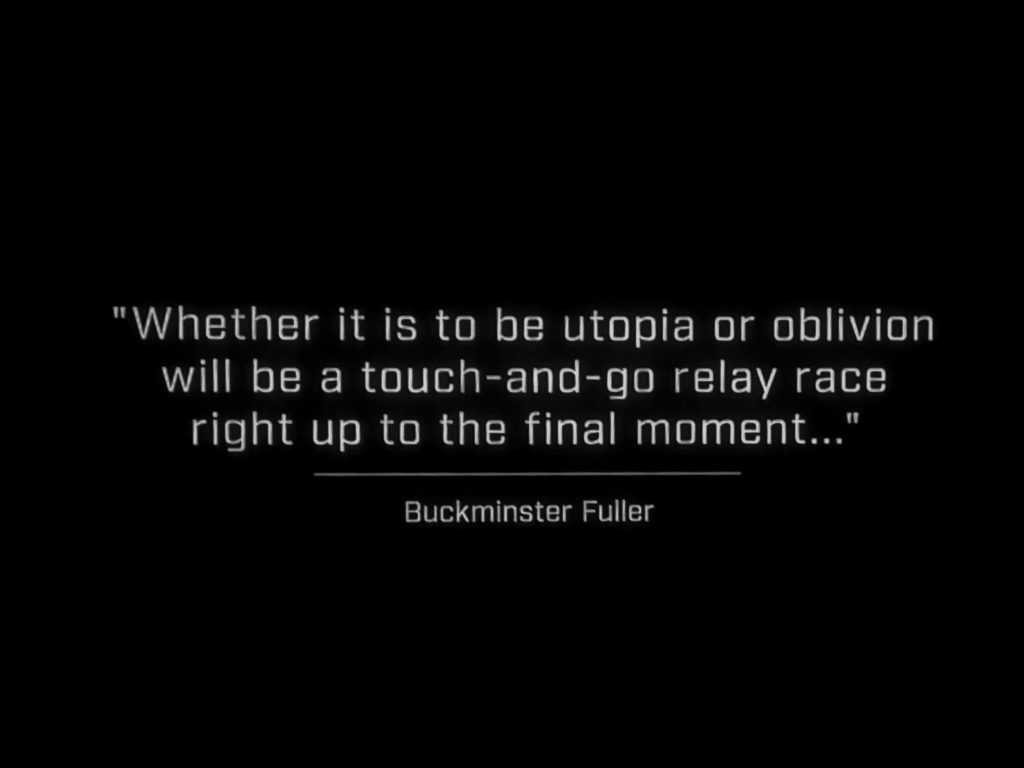
I would like to start off with the quote above because I feel like it summarises the documentary we are about to discuss in an unconventional and indirect way. It is a quote by a very well known architect and futurist, Buckminster Fuller, who wrote Utopia or Oblivion: The Prospect of Humanity (1969), a book exploring the potential roads for humanities journey into the future. Here is a great article summarising 3 of the biggest futurists work which helped me get an understanding of the underlying meaning of Fuller’s quote.
What he essentially presents us with in this quote is that humanity will either go down the road of utopia if they manage to set rules in place and follow them in unity, or would not be capable of truly understanding the catastrophe they could be causing to themselves until the final moment of oblivion.
In my perspective this quote overarches The Social Dilemma documentary in the bigger picture. It is clear that it is not arguing a point of what social media might be in the future or how it might be used, but the message is the underlying of the severity of what the lack striving for a utopia will lead humanity to. Quite clearly, manipulating people into having certain beliefs without their knowledge or consent is not a utopian concept and is most definitely not following any rules being put in place to unify everyone and help people work together as one in creating a utopia for humanity.
In more niche terms however, we are in fact looking at issues of observation in social media. The Social Dilemma questions the way we observe social media and even suggest that in fact, we are the ones being observed. We are the product, rather than the applications we use.
The most shocking and immoral issues of all that this documentary tries to expose is the possibility of social media being used as a way of manipulating people into thinking the particular thoughts they have.
What does that mean about identity, freedom of choice and even ones perception of reality?
Digitising Reflection.
The small experiment I took on this week in reflection to the student led seminar on observation is the the above selection of self-portraits. I approached this self-portrait by minimising my brightness on my laptop and essentially tracing out my reflection with minimal vision to what I was actually outlining.
I then went onto manipulating the simple sketch with some distortions such as adding multiplicity in the outline, creating a fish eye lens perspective, using solarize and ripple effects too. In the process of making the above I was considering the themes of identity and perspective, however my thoughts also leaned across digital identity. Ones digital identity can be so different to their non-digital one, it can represent them or make other people perceive them as a totally different person. Ones digital identity can create a whole new person, from using filters in editing how one looks, to the content one chooses to share online as a suggestion for their beliefs and interests.
I think the sketches above both capture a hint of the idea of staging and of identity/reality. On Staging: Based on the mask I am wearing one can assume that the self portrait was drawn in a public space where I had to wear a protective measure in the current pandemic. Whilst the idea of a self portrait and the lack of vision in tracing my reflection was a technique in questioning identity and aiming to look at it without having a visual perspective, but also without expecting a perfect mirrored copy of my face. Then, adding further manipulation as a way of exploring a range of potential reflections.
(based on the reflective surfaces)


